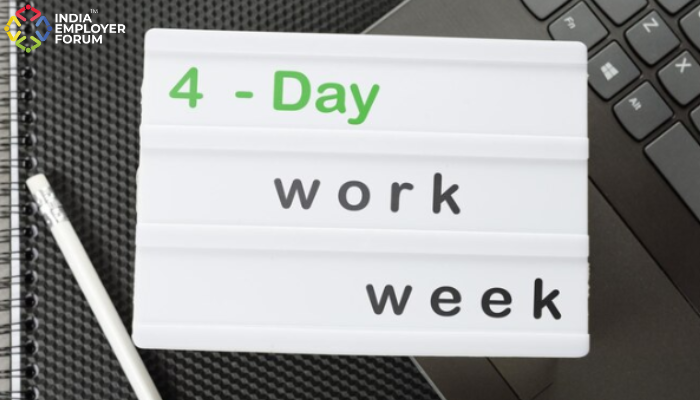One thing is clear as we witness tectonic shifts in how we work and how organisations restructure their strategies to meet the surging demands of the rapidly changing milieu. Individuals are no longer interested in jobs that bind them. Instead, they’re exploring opportunities that offer a healthy work-life balance with a particular priority on mental health.
Companies need to change their entire narrative in hiring talent that will run the long race. A job design or redesign starts with the tone and language prescribed by an organisation. If you still use words like “must”, you’re walking two steps backwards. For instance, “the individual must commit to working 10+ hours a day” sounds much more taxing than “we offer flexible work schedules”.
Yet, curating people-centric job descriptions is only a tiny part of rethinking a job design.
You might also be interested to read: How HR Managers Can Use People Analytics For A Better Employee Experience
How to give a job design a face lift
Be transparent: An Edelman Trust Barometer study showed that 82% of employees don’t trust their boss to tell the truth. It shows that job redesigning has much to do with trusting employees and keeping them informed. To boost workplace transparency, it must look for ways to create open communication channels between management and employees. It can be as simple as ensuring that employees feel heard or investing in future-ready technology and tools to initiate constructive dialogue.
Job enrichment: Rethinking a role also involves quite a bit of upskilling, and workplaces must ensure that opportunities and pathways for growth are easily accessible to the employee. Team leaders must also actively help chart a team member’s professional development and push them further when they are in stagnant waters. Processes like skills mapping help elucidate the talents each employee brings to the table. With insights from this process, employees can see more tasks and responsibilities being added to their existing tasks in their specific roles.
Job enlargement: Similar to job enrichment, job enlargement broadens the scope of an employee’s job to make it more motivating and enjoyable. In this process, the employee may be assigned tasks outside their regular scope of work. On the other hand, job enrichment makes existing jobs more motivating.
Improve the onboarding process: HR professionals–pay heed. According to a survey by The Muse, 80% of the respondents felt it was acceptable to leave a new job within six months if they didn’t match their expectations and a whopping 72% experienced Shift Shock.
Hiring is expensive–this is not news. Yet, new hires will quickly lose interest and jump ship if your onboarding process is just that.
Quick reward cycles: A job well done should be appreciated and celebrated at every opportunity. Don’t wait for yearly bonuses or appraisals to show your employees that you care. Giving timely incentives as a facelift in job design makes employees work harder and keeps them motivated to do and achieve more.
Many make the mistake of thinking a business strategy has to happen top-down. In these changing times, it’s time to turn our attention to one of the healthiest and quickest ways for an organisation to succeed–rethinking traditional roles and giving them a fresh approach.
References:
- Job Design: Is It Time to Rethink Your Approach? | Talentculture | October 17, 2022
- Job Enrichment: A Full Guide (including 12 examples) | AIHR
- Types of Job Redesign: Job Enrichment, Enlargement & Rotation | Study.com
- 2013 Edelman Trust Barometer | Edelman | January 19, 2013
- 72% of Muse Survey Respondents Say They’ve Experienced “Shift Shock” | The Muse | August 30, 2022
You might also be interested to read: Employee Experience Design: Why Organisations Should Pay Heed




